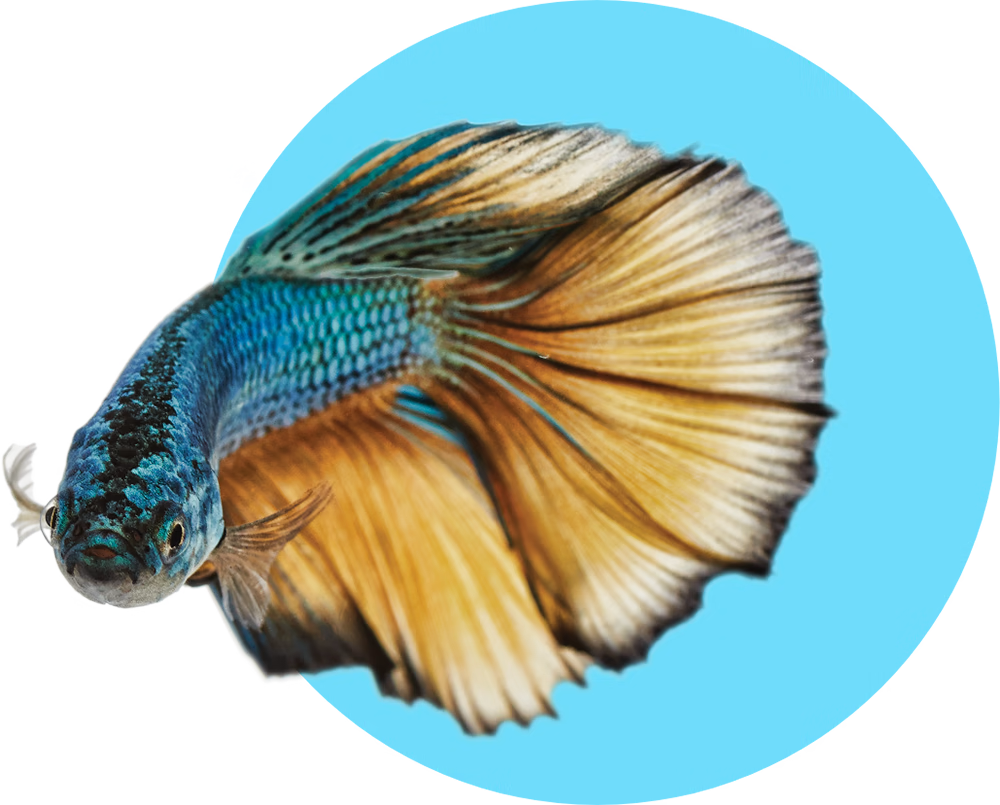Play sand is not safe for aquariums.
Table of Contents
Understanding Play Sand
Play sand is commonly used in aquariums due to its composition and texture. It is important to understand the characteristics and potential risks associated with using play sand in an aquarium.
Composition And Texture
Play sand is typically made of finely ground grains of quartz or silica, which are highly stable and do not release harmful chemicals into the water. Its texture is smooth and non-abrasive, providing a comfortable substrate for aquatic life.
Common Uses
Many hobbyists use play sand as a cost-effective option for creating a natural-looking environment in their aquariums. It is often used as a substrate for freshwater fish tanks, providing a surface for plants to root and for beneficial bacteria to colonize.
However, it is important to note that not all play sands are suitable for aquarium use. Some may contain additives or dyes that can be harmful to aquatic life. It is crucial to research and choose a high-quality play sand product specifically designed for aquariums.
Always thoroughly wash and rinse the play sand before adding it to an aquarium to remove any potential impurities or debris. Regular monitoring of water parameters and proper maintenance is essential to ensure the safety and well-being of your aquarium inhabitants.

Credit: www.amazon.com
Factors To Consider
Before adding play sand to your aquarium, there are several factors to consider. Ensure that the sand is aquarium-safe, free from harmful chemicals, and appropriately sized for your fish. Additionally, consider the compatibility with your filtration system and the impact on water parameters.
The chemical composition of play sand is an important aspect to consider when determining its safety for aquariums. Play sand typically consists of silica, which is a common ingredient in most sand types. Silica can have positive effects on water quality by acting as a natural filter, removing impurities and improving clarity. However, it is crucial to ensure that the play sand does not contain any harmful additives or chemicals that could be detrimental to the aquatic environment.
Another factor to consider is the impact on water quality. Play sand should not alter the pH levels or introduce any toxic substances into the aquarium water. It should be thoroughly washed and cleaned to remove any dust, debris, or potential contaminants. Conducting a test run using a small amount of play sand can help determine its suitability and any potential negative effects on the aquarium ecosystem.
| Pros | Cons |
|---|---|
| 1. Natural filter for water impurities | 1. Possible presence of harmful additives |
| 2. Improves water clarity | 2. Alters pH levels |
| 3. Cost-effective option | 3. Potential introduction of toxins |
Play Sand Vs. Aquarium Sand
Play Sand vs. Aquarium Sand: Play sand is generally not recommended for use in aquariums since it can contain impurities and harmful substances that may harm aquatic life. It may also affect the water quality and clarity. On the other hand, aquarium sand is specifically designed for aquatic environments, ensuring it is safe and beneficial for aquarium inhabitants.
Differences: Play sand is not specifically formulated for aquarium use and may contain additives, dyes, or chemicals that can be harmful to fish and other tank inhabitants. In contrast, aquarium sand is typically natural and free from any harmful substances, providing a safe and suitable environment for aquatic life.
Benefits and Drawbacks: While play sand may be more affordable, its potential risks and drawbacks make it less suitable for aquarium use. Aquarium sand, while more expensive, offers peace of mind by providing a safe and supportive environment for aquatic life.
Potential Risks
It is crucial to consider potential risks when using play sand in aquariums. Although play sand may seem harmless, it can contain harmful chemicals and toxins that can negatively affect aquatic life. It’s important to research and ensure the sand is safe for aquarium use to prevent any harm to the aquatic environment.
| Potential Risks: |
| Toxic Substances: |
| – Play sand can contain harmful chemicals such as heavy metals or pesticides. |
| – These substances can leach into the water and harm aquatic life. |
Expert Guidelines
Using play sand in aquariums can pose a risk to fish and other inhabitants. Safe alternatives such as aquarium-specific sand or gravel are available. Before placing any sand in an aquarium, testing is crucial to ensure it is free of harmful substances. Proper preparation of the substrate is also important to maintain a healthy aquatic environment. Consulting with aquarium experts can provide additional insight into choosing the right materials for your tank.

Credit: www.petco.com
Choosing The Right Sand
When choosing sand for your aquarium, it’s important to consider a few key factors. Always opt for play sand that is specifically labeled as aquarium-safe to ensure the safety of your aquatic pets. Additionally, make sure the sand is thoroughly washed to remove any impurities or chemicals that could harm your fish. Another important consideration is the grain size, as fine sand can compact and create anaerobic pockets that produce harmful gases. Coarse sand, on the other hand, allows for better water circulation and easier maintenance. Overall, choosing the right sand for your aquarium is crucial for creating a healthy environment for your aquatic friends.
Aquarium Safety
Play sand is a popular choice for aquarium owners due to its attractive appearance and affordable price. However, it’s essential to consider the safety of the sand before adding it to your aquarium. Maintaining a healthy environment for your fish is crucial, and using the right type of sand can help prevent harm. When choosing play sand for your aquarium, ensure that it is specifically labeled as safe for use in aquatic habitats. Some play sands may contain harmful chemicals or additives that can be toxic to fish. It is recommended to opt for aquarium-specific sand, as it is specially formulated to be safe for aquatic life. Additionally, it’s important to properly wash and rinse the sand before adding it to your aquarium. This helps remove any dust, debris, or potential contaminants that may be present. In conclusion, play sand can be safe for aquariums as long as you choose the right type and take the necessary precautions. By following these guidelines, you can provide your fish with a healthy and safe environment to thrive in.

Credit: www.homedepot.com
Frequently Asked Questions On Is Play Sand Safe For Aquariums
Is Play Sand Safe For Aquariums?
Play sand is not safe for aquariums as it can contain harmful chemicals and impurities that can harm aquatic life. It may also cloud the water and affect the pH level. It is recommended to use aquarium-specific sand for a healthy aquatic environment.
What Are The Risks Of Using Play Sand In Aquariums?
Using play sand in aquariums can lead to water contamination, affecting the health of fish and other aquatic organisms. Chemicals and impurities in play sand can disrupt the natural ecosystem of the aquarium, causing stress and potential harm to marine life.
How Does Play Sand Impact Water Quality In Aquariums?
Play sand can release dust particles and residues into the water, leading to cloudiness and decreased water quality. It can also raise the pH level, creating an unsuitable environment for fish and other aquatic species. Proper substrate choice is crucial for maintaining a balanced aquarium ecosystem.
Conclusion
Choosing the right substrate for your aquarium is crucial for the health of your fish and the overall water quality. Play sand can be safe for some aquarium setups, but it’s essential to carefully consider the potential drawbacks and maintenance requirements.
Researching and consulting with an aquarium expert will help ensure that you make an informed decision for the well-being of your aquatic pets. Consider the specific needs of your aquarium and the type of fish you have before making a final decision on using play sand as a substrate.
